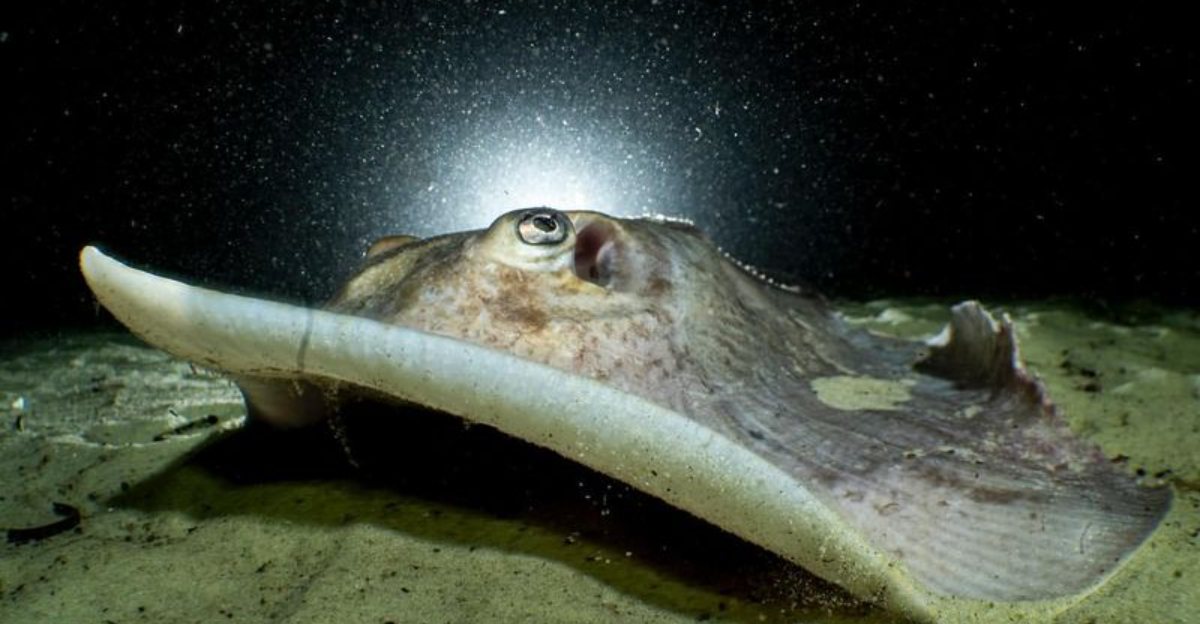The world’s rivers and lakes hide some of the most terrifying creatures known to humankind. While many of us consider these freshwater bodies safe, they are home to some truly monstrous inhabitants.
From gigantic fish to venomous reptiles, these river monsters have inspired many local legends and continue to fascinate people across the globe. Let’s explore these terrifying river creatures, each with its own unique story and fearsome reputation.
1. Goliath Tigerfish
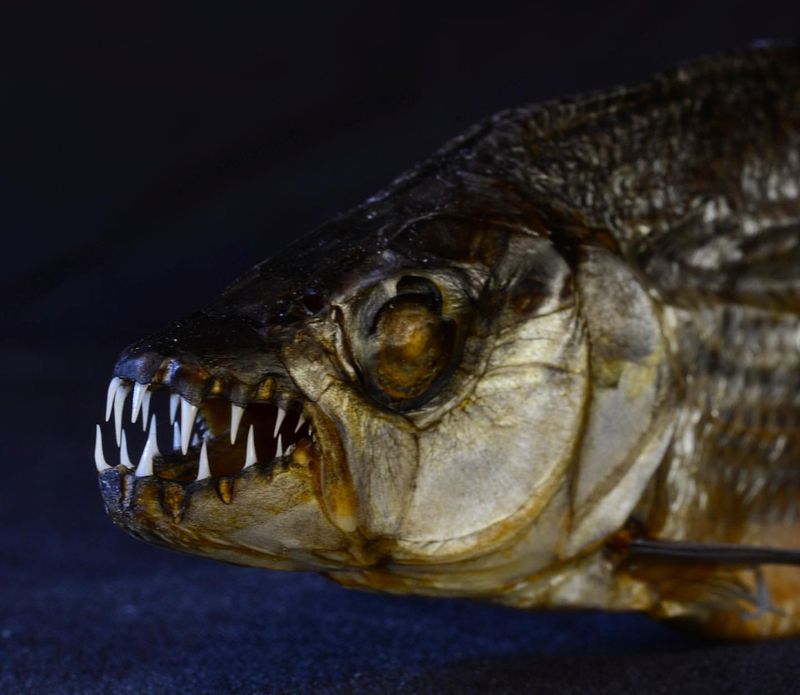
Deep within Africa’s Congo River lurks a creature that sends shivers down the spine of even the most seasoned fishermen. Known as the Goliath Tigerfish, this ferocious predator is notorious for its razor-sharp teeth and aggressive nature.
Growing up to five feet in length and weighing over 100 pounds, it is a formidable force in the water. The Goliath Tigerfish is not just fierce in appearance; its hunting skills are equally terrifying.
Using speed and stealth, it ambushes unsuspecting prey, often leaping out of the water to catch birds in mid-flight. This predatory behavior has earned it the nickname “African piranha.” Its fearsome reputation makes it a sought-after catch for thrill-seekers.
Despite its fearsome nature, the Goliath Tigerfish plays a crucial role in maintaining the ecological balance of its habitat. Conservation efforts are essential to protect this apex predator from overfishing and habitat destruction.
2. Electric Eel
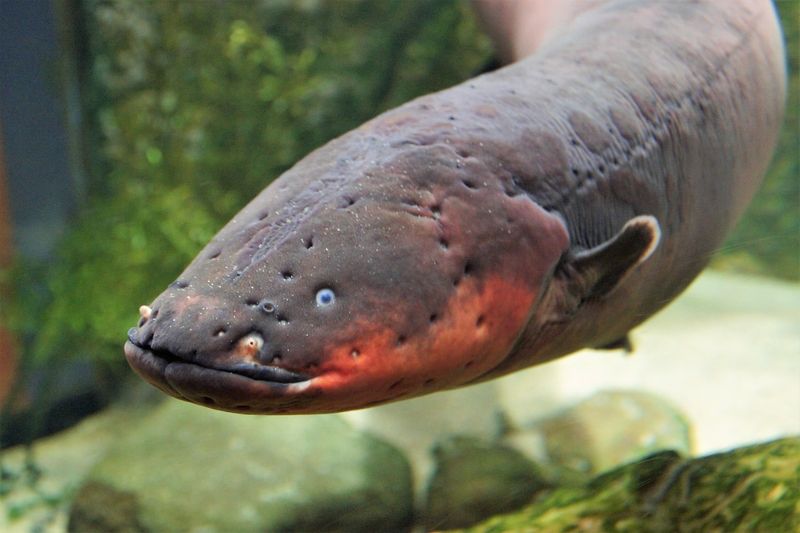
Beneath the murky waters of the Amazon River, a creature thrives that possesses a shocking secret. The electric eel, despite its name, is not a true eel but a type of knifefish. It can grow up to eight feet long and generate up to 600 volts of electricity, enough to stun prey and deter predators.
The electric eel uses its electric organs for navigation and communication, making it a master of its dark, turbid environment. These discharges help it locate prey, even in total darkness. Incredibly, it can also use electricity to communicate with other eels, forming complex social dynamics within their community.
Though often feared, the electric eel is a fascinating example of nature’s ingenuity. Its ability to generate electricity has inspired scientific research, leading to advancements in bio-electronic technology. Protecting its habitat ensures this unique creature continues to thrive and inspire.
3. Piranha
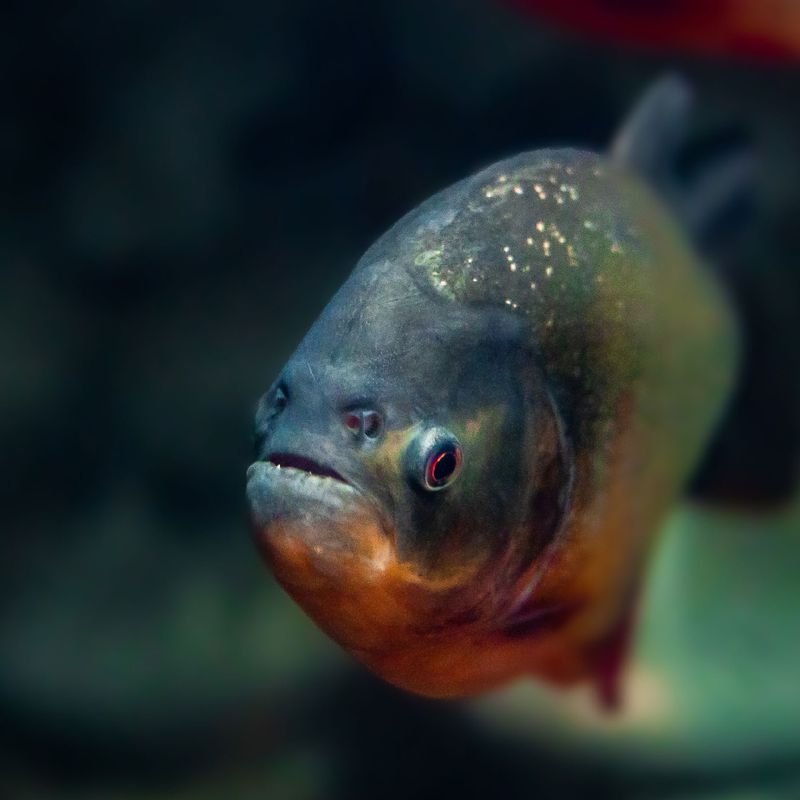
In the rivers of the Amazon Basin, piranhas hold a fearsome reputation. These small, carnivorous fish are known for their sharp teeth and powerful bite. The red-bellied piranha, in particular, is infamous for its aggressive feeding frenzies.
Piranhas are often misunderstood creatures. While they can be aggressive, attacks on humans are rare. They primarily scavenge for food, eating whatever is available in their environment. Their role as scavengers helps maintain the balance of their ecosystem by controlling fish populations and cleaning up dead organic matter.
The mystery surrounding piranhas has made them a symbol of terror in popular culture. In reality, they are essential players in their habitat’s food web. Understanding their behavior and ecological role helps dispel myths and promotes conservation efforts to ensure their continued survival.
4. Mekong Giant Catfish
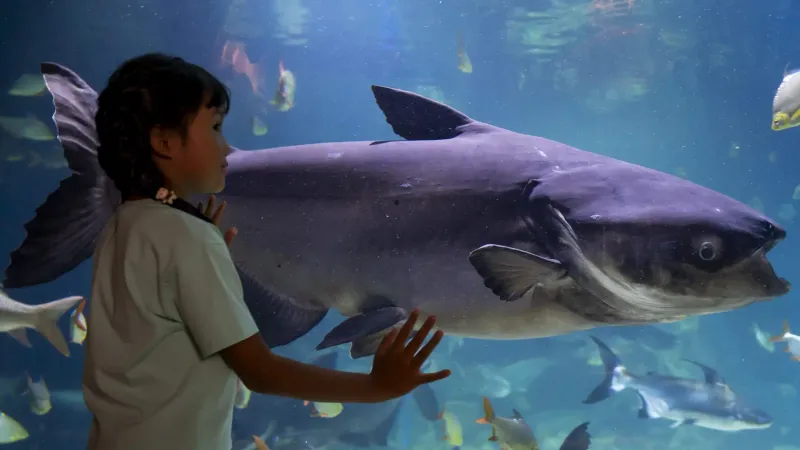
In Southeast Asia’s Mekong River, an aquatic giant silently swims. The Mekong Giant Catfish, one of the world’s largest freshwater fish, can grow over 10 feet long and weigh up to 650 pounds. Its sheer size and elusive nature have made it a legend among river creatures.
Despite its enormous size, this gentle giant is a filter feeder, subsisting primarily on plankton and algae. Unlike other river predators, it poses no direct threat to humans. However, its status is threatened due to overfishing, habitat loss, and river damming.
The Mekong Giant Catfish is a symbol of the health of its river ecosystem. Efforts to protect it include habitat restoration and sustainable fishing practices, which benefit not only the catfish but also the countless species that share its environment.
Preserving this majestic creature is crucial for maintaining the biodiversity of the Mekong River.
5. Nile Crocodile
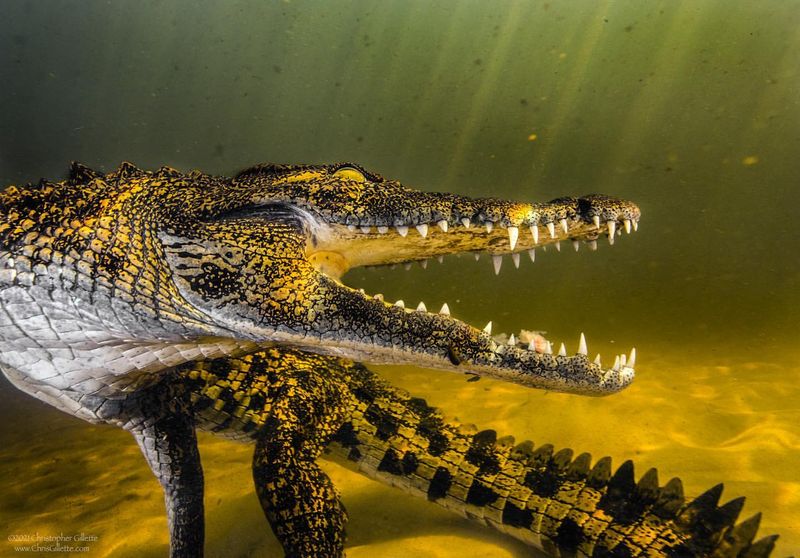
The Nile Crocodile, a prehistoric predator, dominates the waters of Africa’s Nile River. Known for its immense size, it can grow up to 20 feet long and weigh over 1,600 pounds. Its powerful jaws and stealthy approach make it a top predator in its habitat.
This crocodile is an ambush hunter, patiently waiting for unsuspecting prey to come close. Its diet includes fish, birds, and mammals, and it is known to occasionally attack humans. The Nile Crocodile’s fearsome reputation is backed by its impressive hunting skills and adaptability.
Despite its fearsome image, the Nile Crocodile plays a vital role in its ecosystem by controlling fish and mammal populations. Conservation efforts focus on protecting its habitat from degradation and human encroachment, ensuring this ancient creature continues to thrive.
6. Goonch Catfish
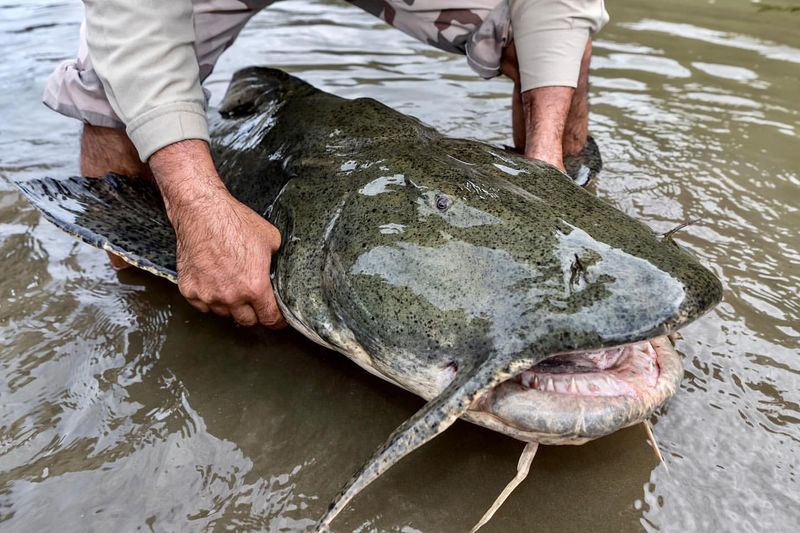
In the fast-flowing rivers of Northern India and Nepal, the Goonch Catfish is both feared and revered. This massive catfish can reach lengths of over six feet and weigh up to 200 pounds. Its reputation as a man-eater has made it the subject of terrifying local folklore.
The Goonch’s powerful build and voracious appetite make it a formidable predator. It feeds on a variety of prey, including fish and small mammals, and is known for its strength and endurance in fast currents. Stories of attacks on humans, though rare, have cemented its fearsome legacy.
As with many river monsters, the Goonch Catfish plays a significant role in its ecosystem. Efforts to protect its habitat and ensure sustainable fishing practices are essential for its survival. Understanding the Goonch’s role helps balance fear with respect for this majestic river dweller.
7. Anaconda
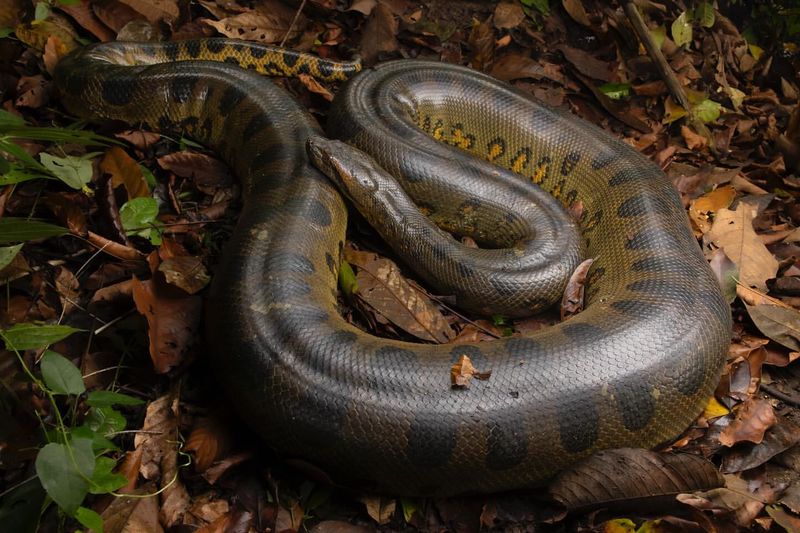
Amid the lush vegetation of the Amazon rainforest lies a giant predator, the anaconda. These massive snakes, particularly the green anaconda, are known as the world’s heaviest and one of the longest snakes, reaching lengths of over 30 feet.
Anacondas are expert swimmers, often found lurking in rivers and swamps, waiting to ambush prey. Their diet includes fish, birds, mammals, and occasionally larger animals like deer. Using their powerful muscles, anacondas constrict their prey, suffocating them before swallowing them whole.
Despite their fearsome reputation, anacondas are an integral part of the Amazon’s ecosystem. They help control the population of their prey and maintain the ecological balance.
Protecting their habitat from deforestation and human encroachment is crucial for their continued survival. The anaconda’s impressive presence is a testament to the incredible biodiversity of the Amazon.
8. Alligator Gar
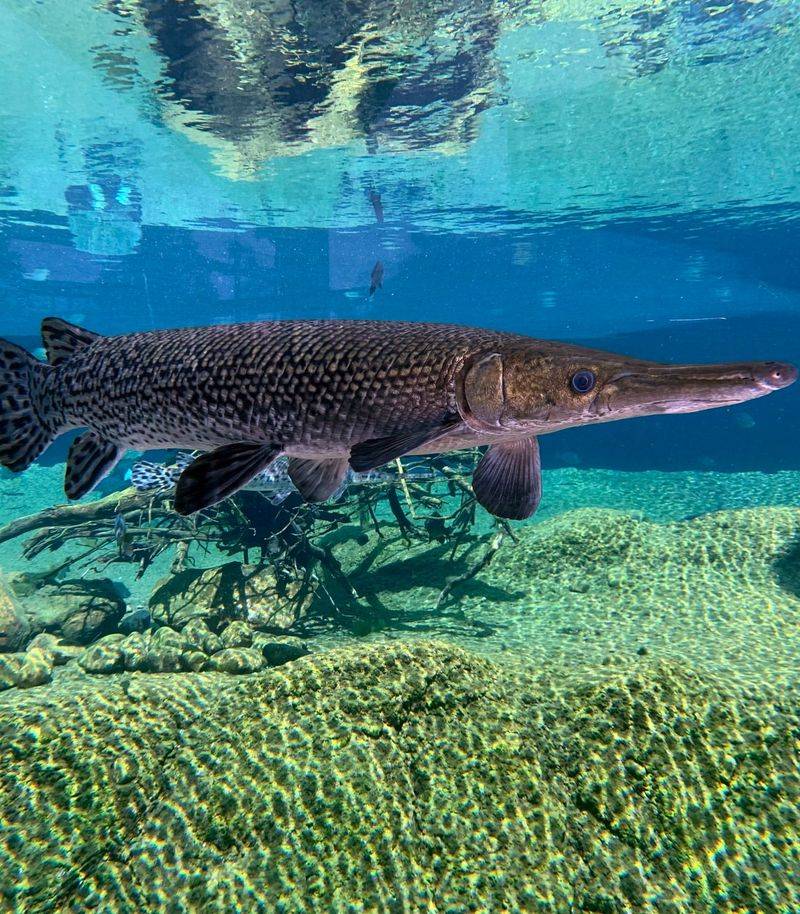
Resembling a creature from the age of dinosaurs, the Alligator Gar prowls the waters of the Mississippi River and other North American waterways. This primitive fish can grow up to 10 feet long and weigh over 300 pounds, boasting a mouth full of sharp teeth akin to its namesake reptile.
The Alligator Gar’s tough, scaled body and ability to gulp air allow it to survive in low-oxygen environments. As an ambush predator, it relies on stealth and patience to capture prey, which includes fish, waterfowl, and small mammals. Its appearance often inspires fear, yet it poses little threat to humans.
As a top predator, the Alligator Gar plays a crucial role in maintaining its aquatic ecosystem. Efforts to conserve its habitat have increased appreciation for this ancient fish, highlighting its importance in biodiversity and water quality management.
9. Candiru
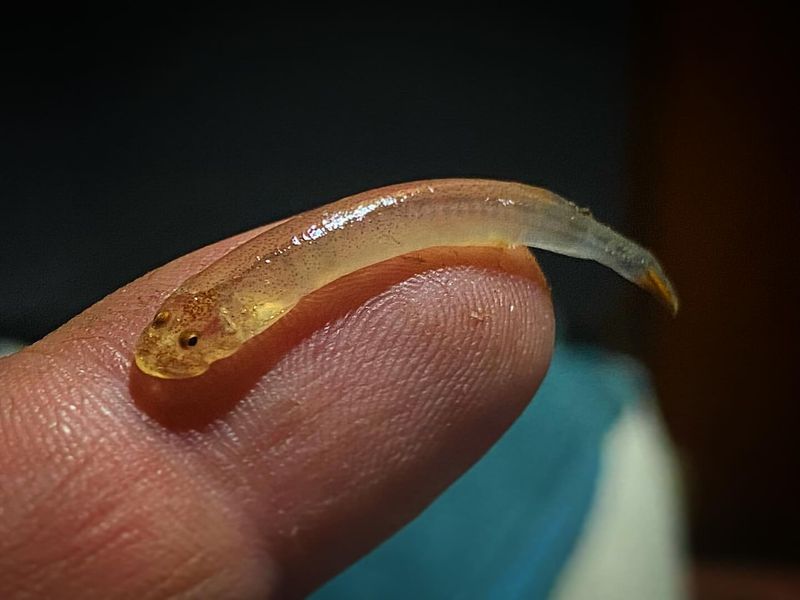
Among the Amazon River’s many inhabitants, the Candiru holds a notorious reputation. This small, parasitic catfish, also known as the “vampire fish,” is infamous for its alleged ability to invade the human urethra, though such events are exceedingly rare.
The Candiru primarily feeds on the blood of larger fish, using its sharp spines to latch onto the gills of its hosts. Its translucent body allows it to remain hidden, making it an effective parasite. Despite its small size, it has sparked countless myths and legends throughout the Amazon.
Understanding the Candiru’s role in its ecosystem helps debunk exaggerated tales and recognize its place in maintaining ecological balance.
As a parasite, it aids in controlling fish populations, showcasing the complex interdependence of river life. Protecting the diverse Amazonian ecosystem ensures the survival of unique species like the Candiru.
10. Arapaima
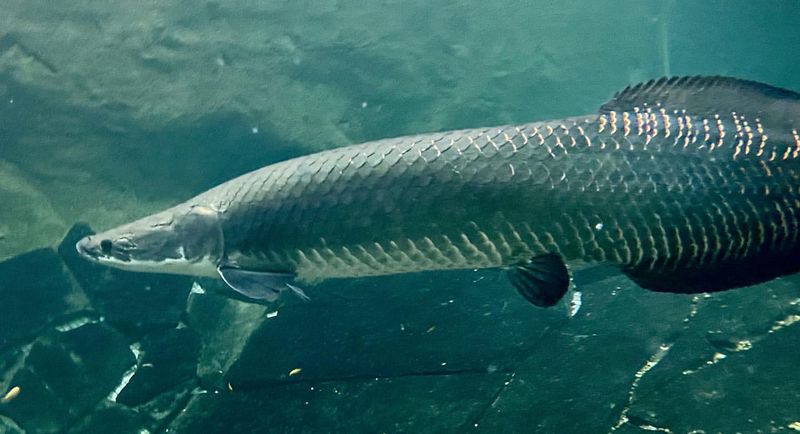
In the depths of the Amazon River, the Arapaima reigns supreme as one of the largest freshwater fish in the world. This majestic creature can reach up to 15 feet in length and weigh over 400 pounds, showcasing its impressive size and strength.
Arapaimas are air-breathing fish, rising to the surface every 15 minutes to gulp air. Their diet consists primarily of fish and crustaceans, and they are known for their powerful, predatory instincts. Despite their size, they are surprisingly agile, capable of leaping out of the water to snatch prey.
The Arapaima’s role in the Amazon is vital, contributing to the balance of its aquatic ecosystem. Efforts to protect this giant include habitat preservation and sustainable fishing practices. Recognizing its ecological importance helps ensure the Arapaima continues to thrive in its natural environment.
11. Freshwater Stingray
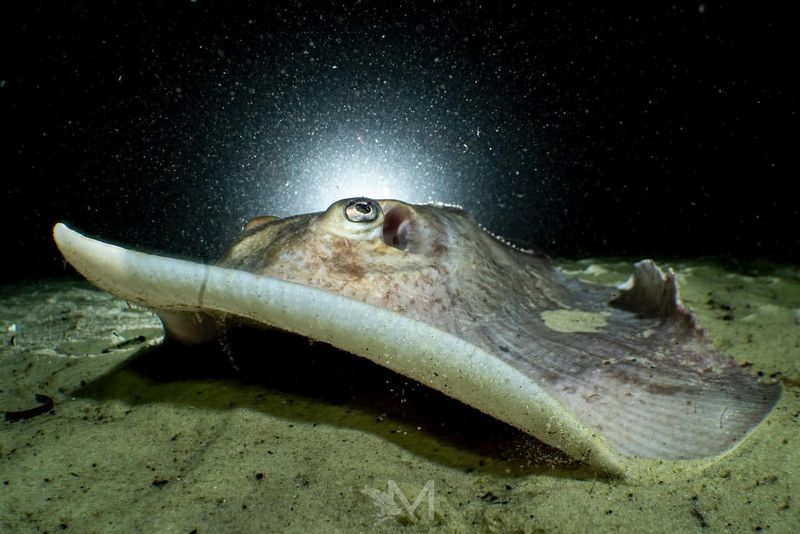
Gliding gracefully through the waters of the Amazon Basin, the freshwater stingray is both beautiful and dangerous. Its round, flat body and long, venomous tail make it a unique inhabitant of these tropical waters.
Freshwater stingrays use their camouflaging abilities to blend into the riverbed, ambushing unsuspecting prey such as fish and crustaceans. While generally shy, they can become aggressive if threatened, using their venomous stinger as a defense mechanism.
Encounters with humans are rare but can be painful if provoked. These fascinating creatures are an essential part of the Amazon’s ecosystem. They help maintain the balance by controlling prey populations and providing food for larger predators.
Conservation efforts focus on protecting their habitat from pollution and overfishing, ensuring their continued presence in these vibrant waters.
12. Boto (Amazon River Dolphin)
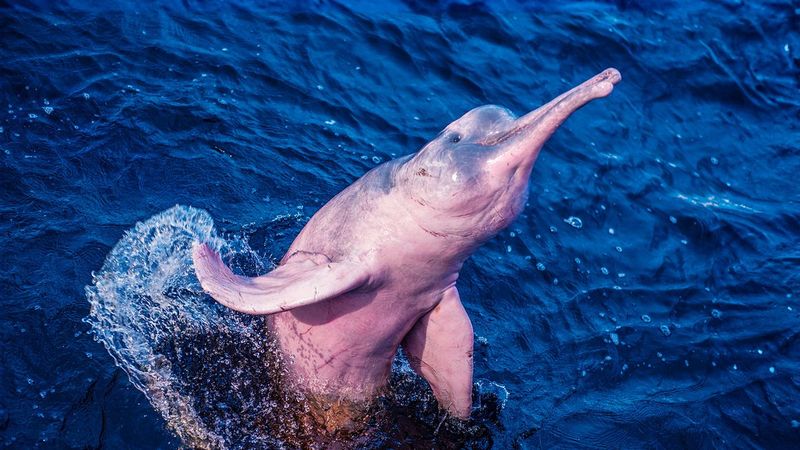
The Amazon River is home to a unique and mystical creature, the Boto, or Amazon River Dolphin. Known for its distinctive pink color, this dolphin can grow up to eight feet long and is famed for its playful nature and intelligence.
Botos navigate the murky waters using echolocation, an adaptation that aids in hunting fish and crustaceans. Their flexible necks and agile bodies enable them to maneuver around submerged trees and vegetation, showcasing remarkable adaptability.
Despite their enchanting appearance, Botos face numerous threats, including habitat destruction and pollution. Conservation efforts aim to protect these charismatic creatures and their environment.
By safeguarding their habitat, we ensure the survival of one of the Amazon’s most iconic inhabitants, a symbol of the river’s vibrant and diverse life.

